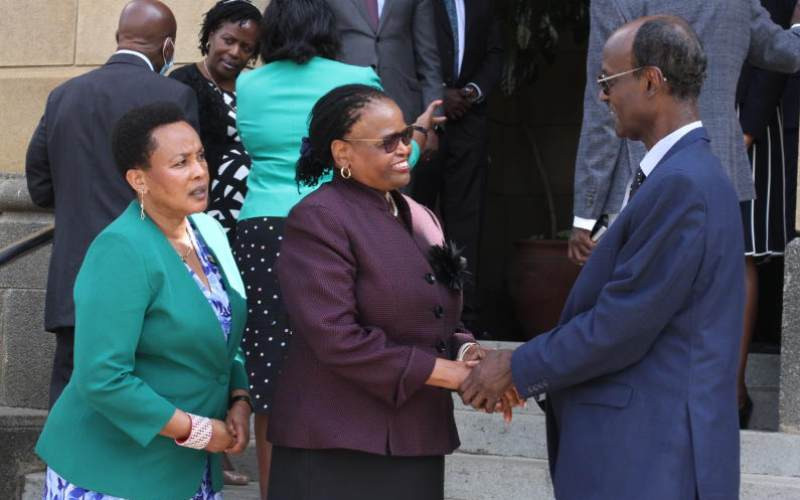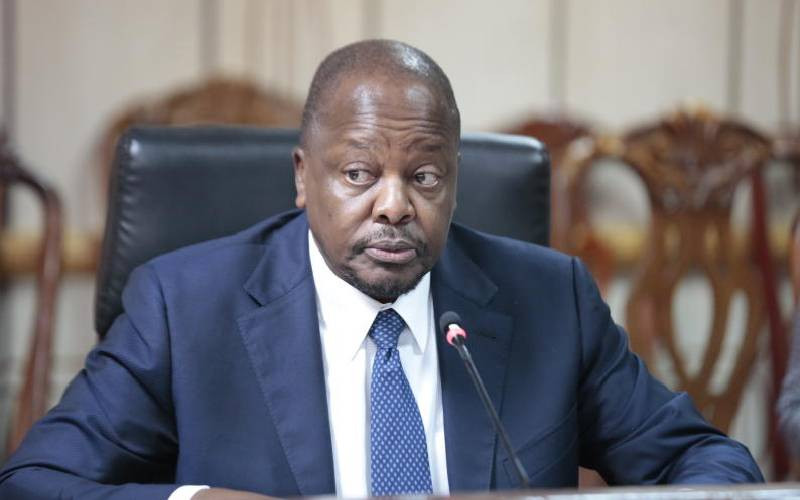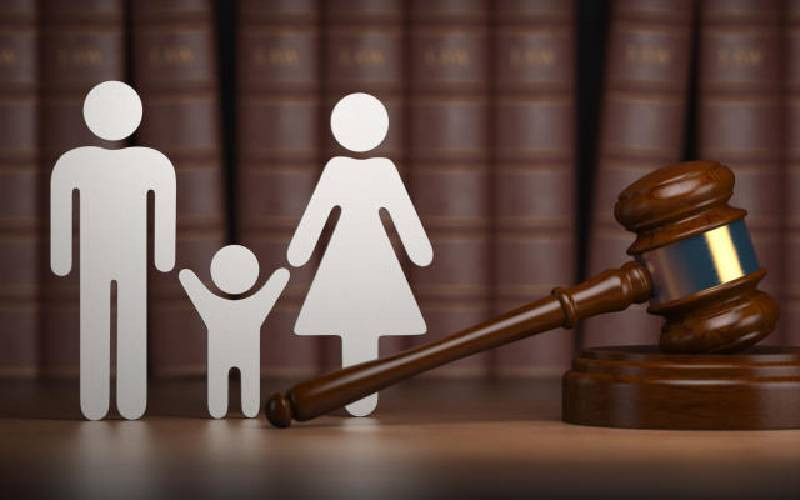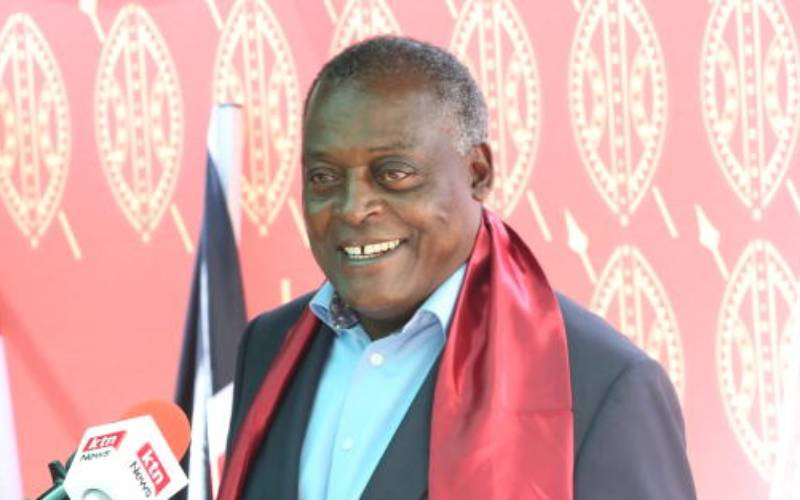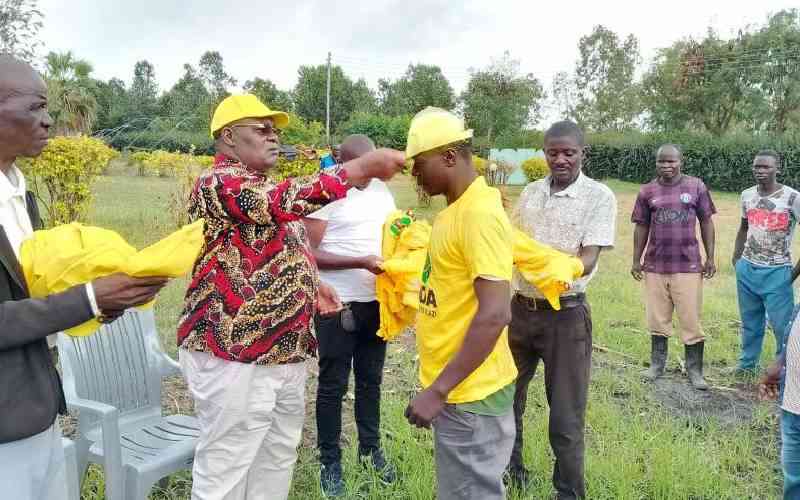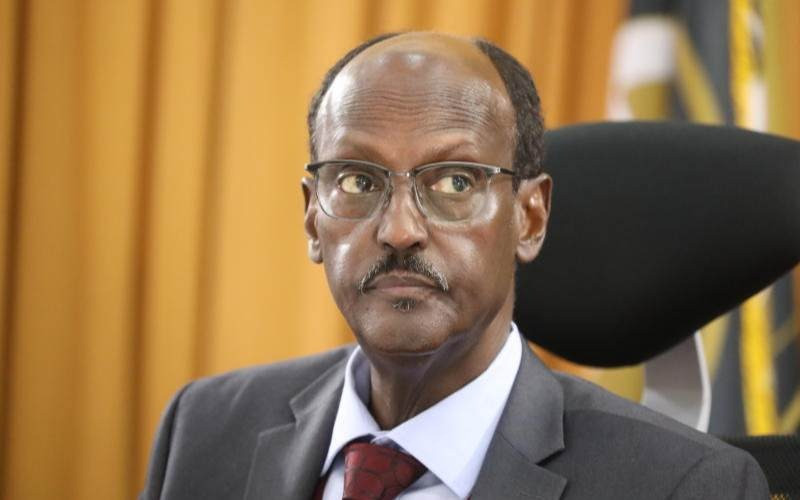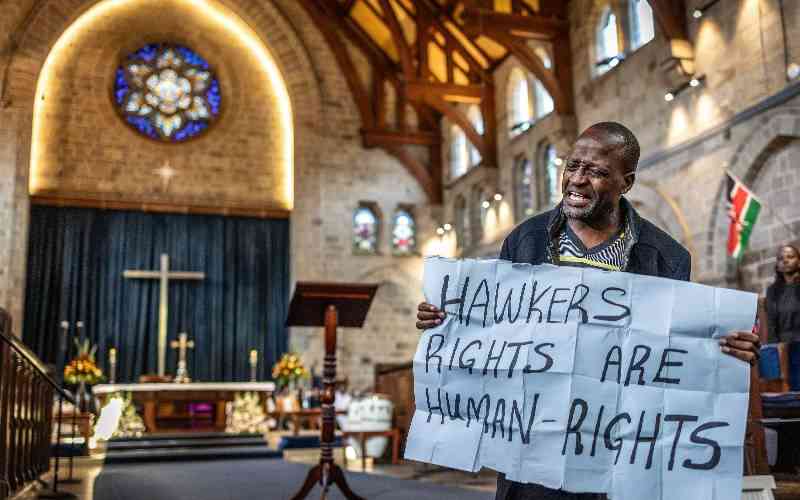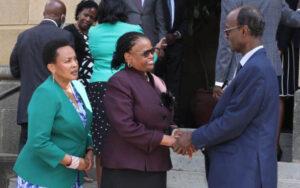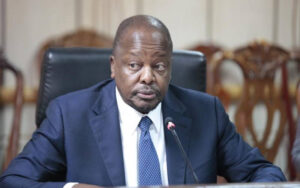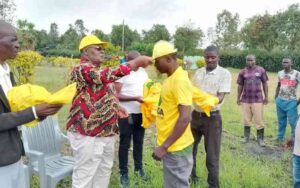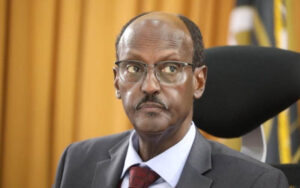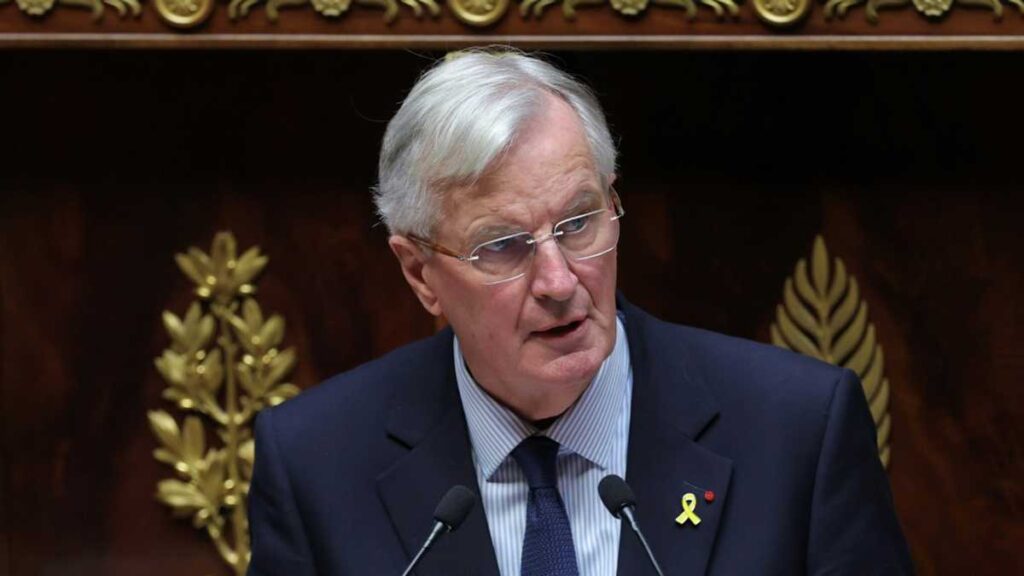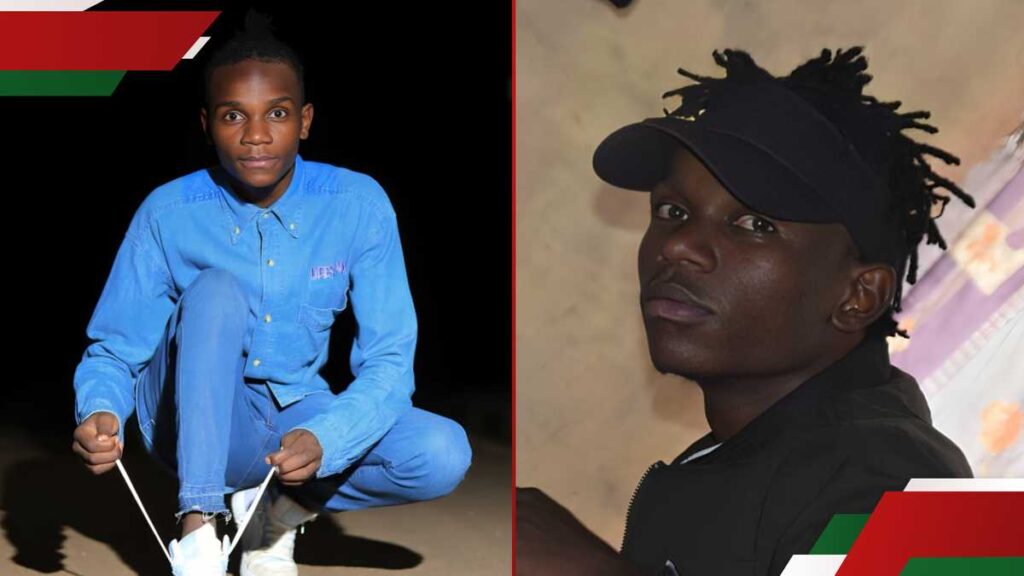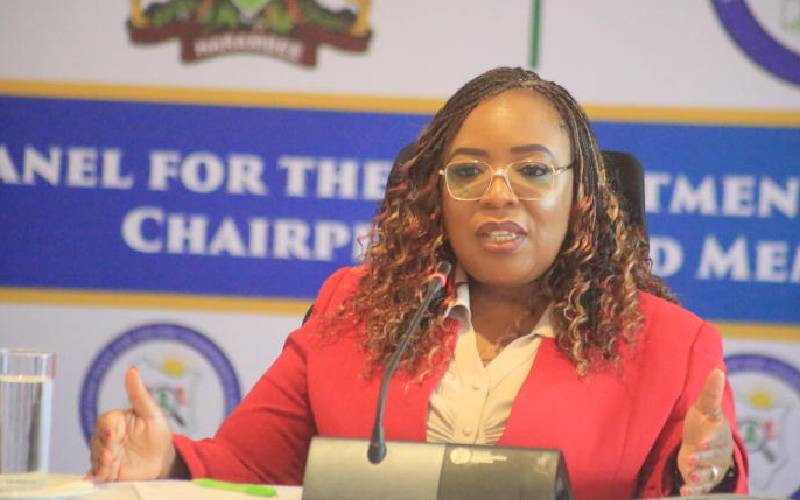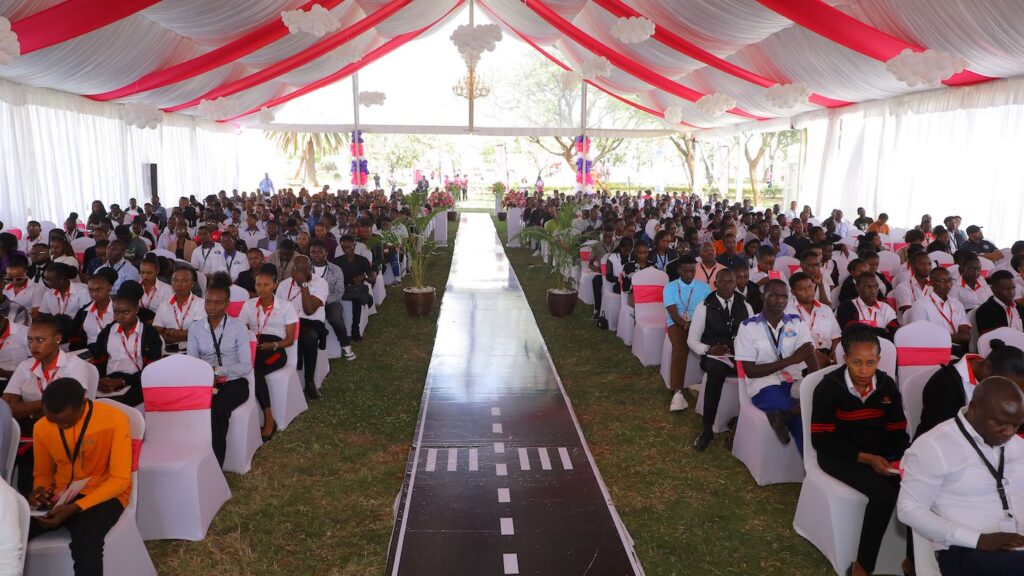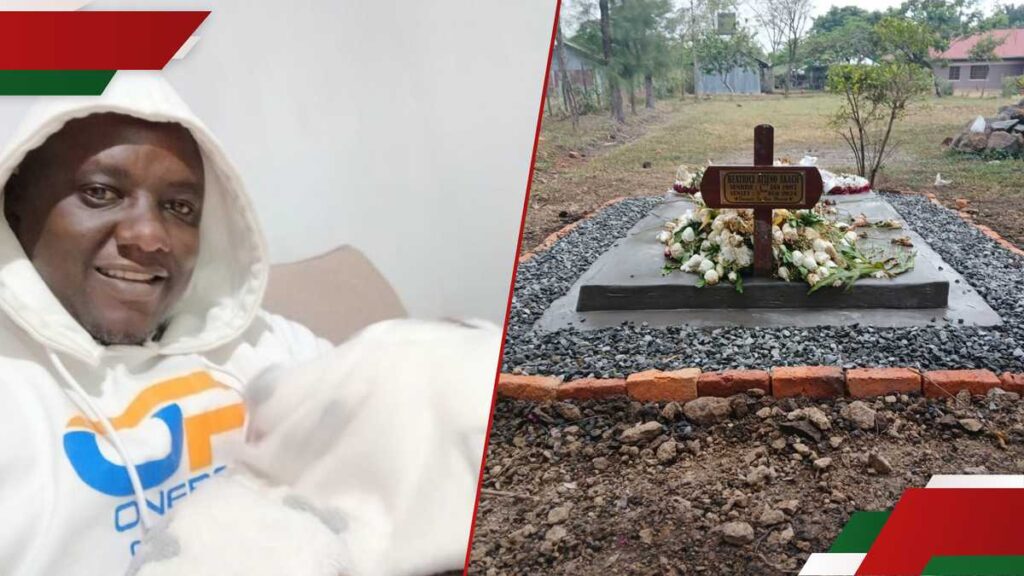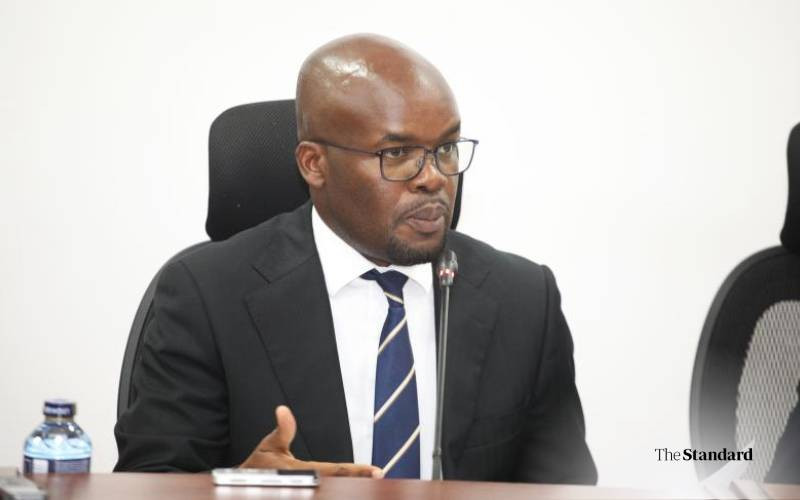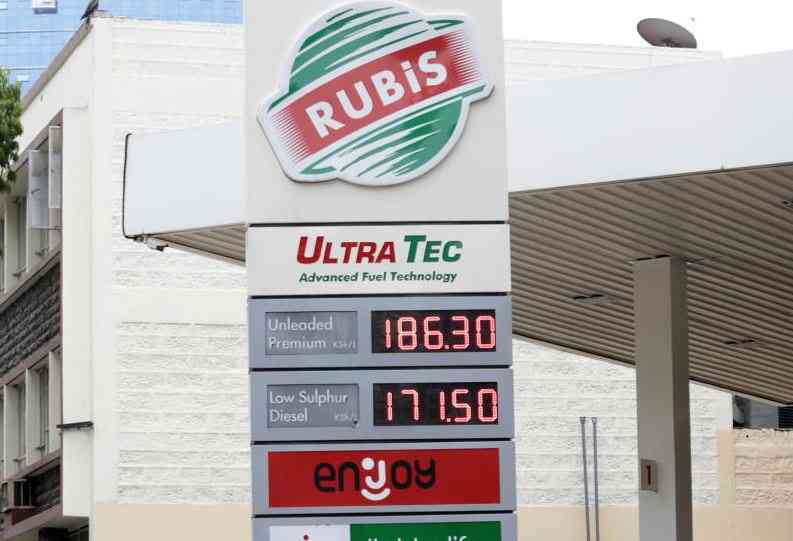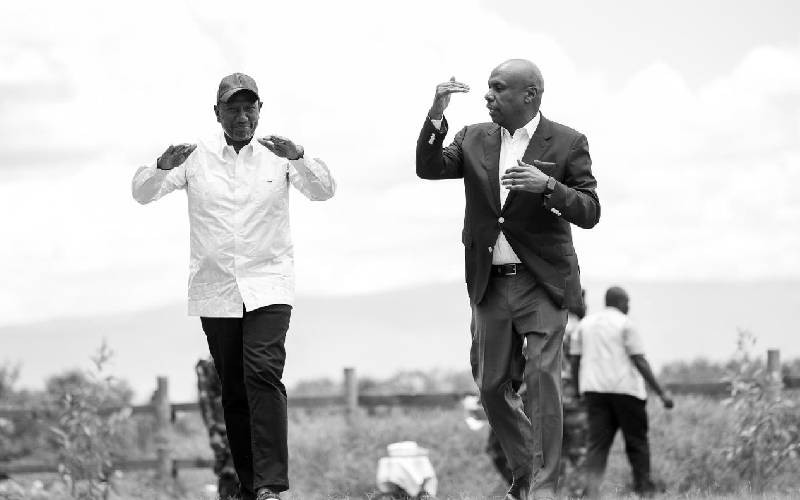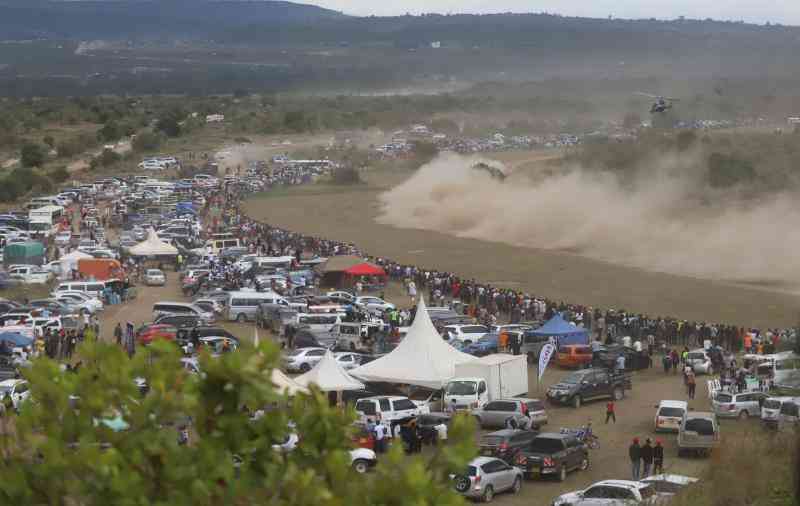All Saints Cathedral in Nairobi has been a refuge for generations of protesters escaping police crackdowns, proudly displaying the teargas canisters and spent cartridges once fired into the church.
Kenya marks Saba Saba Day on today, remembering the bloody 1990 uprising that demanded a return to multi-party democracy during the autocratic rule of then-president Daniel arap Moi.
Since then, the grey-stoned, gothic-style All Saints Cathedral — originally built for Kenya’s colonial rulers — has often provided shelter from teargas and baton-wielding officers.
Some 3,000 people found refuge there during massive anti-tax protests a year ago, and a further 500 during demos against police brutality over the last month.
“All Saints has distinguished itself as a place of refuge for people who feel harassed by governments,” the church’s provost Evans Omollo told AFP.
“Our strategic positioning really gives us a good advantage,” he added, referring to the cathedral’s location next to Uhuru Park, a regular focus for civil unrest.
At the back of the church, a cabinet displays teargas canisters, cartridges and broken batons used by police during a particularly bloody crackdown on the Saba Saba (which means “seven seven”) protests of July 7, 1997.
Protesters were battered with batons and tear-gassed inside the cathedral that day, leaving bloodstained pews.
A cleansing ceremony was later held before normal services could resume.
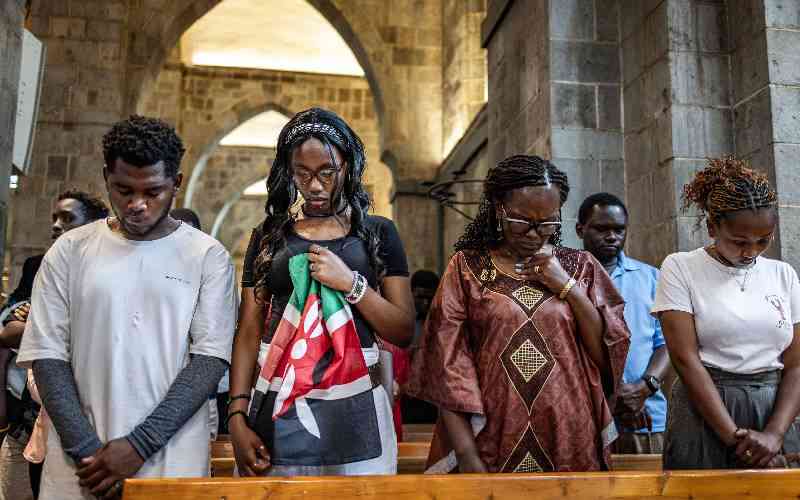
‘Clobbered’
“It was a terrible day, something happened that had never happened in Kenya… violence breached the walls of the church,” recalled Kepta Ombati, then a young activist, who was in the church that day.
“I was clobbered by this staff here,” he said, pointing at a broken baton in the cabinet.
“I sustained multiple fractures on my leg, which I bear to date as part of the price for fighting for freedom,” he added.
Five years earlier, the church’s underground room, referred to as “the bunker”, hid mothers of political prisoners who had camped out in the cathedral for a year demanding the release of their sons.
When police came to end their campaign, the mothers could not be found.
Stay informed. Subscribe to our newsletter
“With the very high-handed regime of president Moi, who never wanted to be questioned, women found this place to be a place of refuge,” said Omollo.
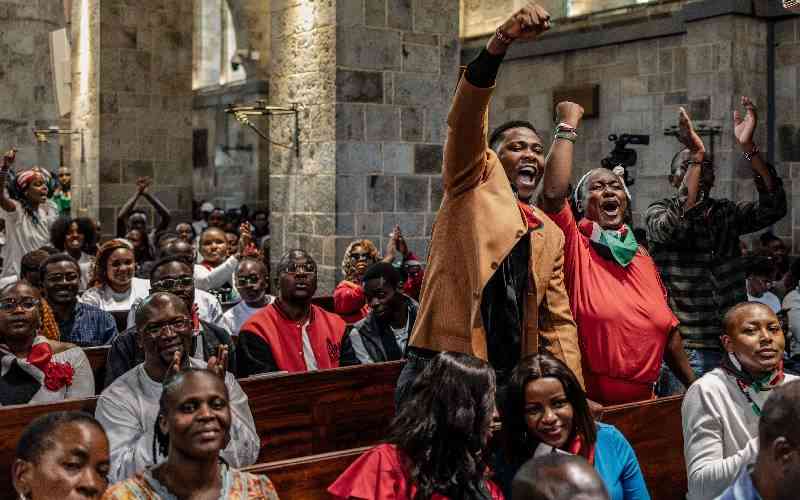
Not in vain
Monday’s Saba Saba Day comes at a time when a new generation of protesters has taken to the streets against poor governance and police brutality.
Last month, young activists gathered for a joyful church service to remember victims from last year’s protests — when at least 60 people were killed — and called for more churches to support their movement.
The latest protests on June 25 degenerated into looting and violence, with 19 people killed.
Ombati, who spent his youth fighting for democracy, is disheartened that protests are still seen as necessary despite a lauded constitution passed in 2010.
“The assumption had been that if we got the constitution right then we would have a firm foundation on which to build a more prosperous, just and inclusive society,” he said.
“To see Gen Z being brutalised, being teargassed… it’s something I hoped I would not live to see.”
For the provost, the church’s role in the protests rests on a long Christian tradition “of keeping governments on their toes”.
“Engaging on the side of the people is scriptural and biblical,” he said.


